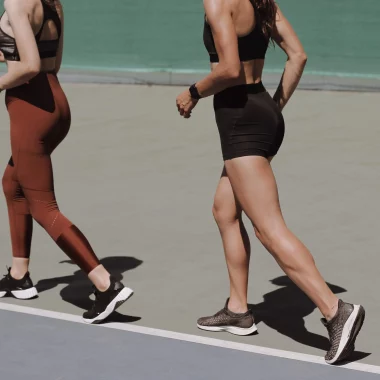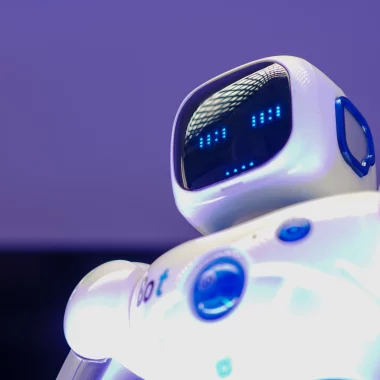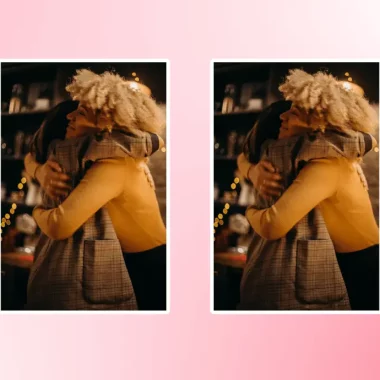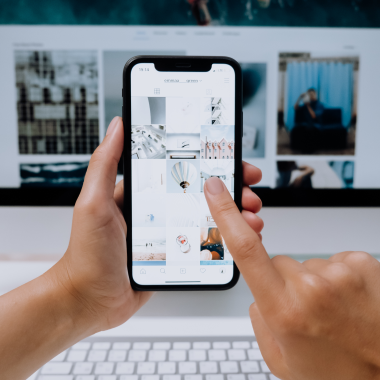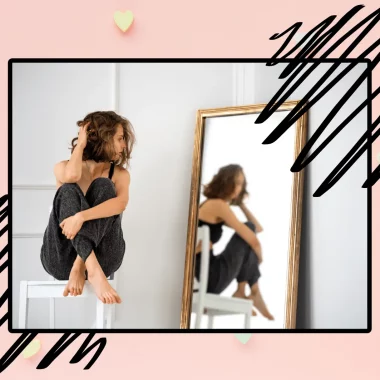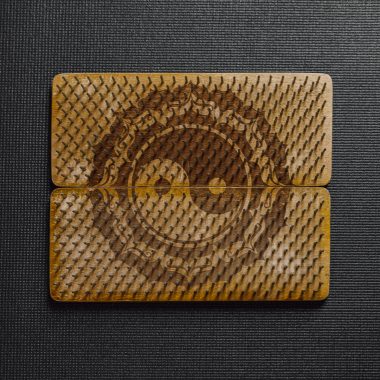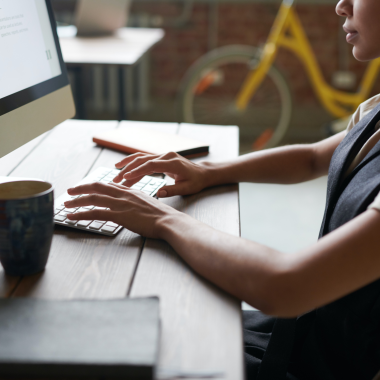written by Julstrory editors
The creative world is experiencing a revolution as artificial intelligence (AI) continues to make significant strides in various artistic fields.
From generating intricate artwork and composing music to reimagining design concepts, AI is disrupting traditional creative processes and opening up new avenues for artistic expression.
This article explores the ways in which AI is revolutionizing art, music, and design, while examining the implications and challenges of merging technology with human creativity.
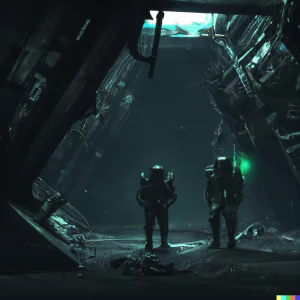
AI in Art
- Generative Art: AI algorithms can create unique visual art pieces by analyzing vast datasets and identifying patterns, colors, and shapes.
- Style Transfer: AI-powered software can replicate an artist’s style and apply it to new works, expanding the possibilities for artistic collaborations.
- Curatorial Assistance: AI can analyze trends, user preferences, and artistic movements to assist in curating personalized art collections or exhibitions.
- Collaborative Art: Artists can use AI as a tool for collaboration, with the technology suggesting new directions or techniques for their work.
AI in Music
- AI Composition: Machine learning algorithms can compose original music by analyzing vast libraries of songs and identifying patterns, rhythms, and structures.
- Music Recommendation: AI can analyze user preferences and generate tailored playlists, helping listeners discover new artists and genres.
- Sound Design: AI can generate unique audio effects and virtual instruments, enhancing the creative possibilities for music production.
- Real-time Performance: AI can accompany live musicians during performances, adapting and improvising based on the musician’s input.
AI in Design
- Generative Design: AI can rapidly create multiple design iterations based on specific criteria, allowing designers to explore a wide range of options quickly.

AI-Generated DALL-E 2 Image - Optimization: AI can analyze design performance and suggest improvements, streamlining the design process and reducing material waste.
- Personalization: AI can help create customized products tailored to individual preferences, ushering in a new era of bespoke design.
- Collaboration: AI can facilitate communication and collaboration between designers, clients, and other stakeholders, making the design process more efficient and effective.
Implications and Challenges
- Redefining Creativity: As AI-generated art, music, and design gain prominence, our understanding of creativity and originality may shift, leading to debates over the true nature of art.
- Copyright and Ownership: Determining the ownership of AI-generated works raises legal and ethical questions, with the potential for disputes over intellectual property rights.
- Job Displacement: As AI takes on more creative tasks, some artists, musicians, and designers may face job displacement or need to adapt their skills to remain relevant.
- Balancing Human Input: Striking a balance between human creativity and AI assistance is essential for preserving the unique qualities of human-made art while harnessing the power of technology.
Ethics and the Future of AI in Creativity
As AI continues to play a growing role in the creative world, it is essential to address ethical concerns surrounding the technology. The potential for AI-generated art, music, and design to blur the lines between human and machine-made creations raises important questions about authenticity, originality, and artistic value.
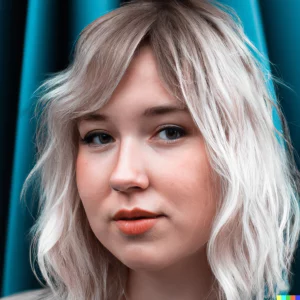
- AI Transparency: Ensuring that AI-generated works are clearly labeled and differentiated from human-made creations can help maintain the integrity of the creative industries while acknowledging the unique qualities of AI-powered art.
- Promoting Ethical AI Use: Encouraging responsible use of AI in creative pursuits, with a focus on collaboration and augmentation rather than replacement of human creativity, can help preserve the distinctiveness of human-made art and ensure the technology serves as a beneficial tool.
- Addressing Bias: As AI learns from existing data, it may inadvertently perpetuate biases present in historical art, music, and design. Actively addressing these biases and promoting diverse and inclusive creative inputs can help create a more equitable creative landscape.
By confronting these ethical concerns and embracing the potential of AI as a collaborative tool, we can ensure a future where technology and human creativity coexist harmoniously, shaping a vibrant and diverse creative landscape for generations to come.
AI is undoubtedly transforming the creative landscape, offering new tools and possibilities for artists, musicians, and designers. While the integration of AI in these fields presents several challenges, it also paves the way for exciting innovations and unique collaborations.
As we embrace the potential of AI in art, music, and design, it is crucial to foster a balance between human creativity and technological advancements, ensuring that the future of creativity remains diverse, dynamic, and distinctly human.

